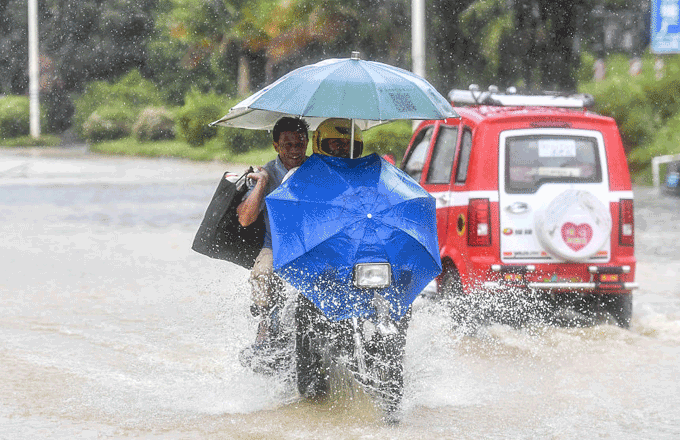Tianzhou 1 cargo ship completes second autonomous docking with space station
China's Tianzhou 1 cargo spacecraft has carried out its second docking operation with the Tiangong II space laboratory, according to the China Academy of Space Technology.
The academy, the spacecraft's developer, said in a news release on Monday afternoon that Tianzhou 1 disconnected with the Tiangong II on Monday morning and moved to a position five kilometers away from the space lab. It remained in that position for about 90 minutes before starting to move toward the opposite side of Tiangong II.
The cargo ship then commenced a docking sequence and recombined with the lab on the side opposite the first docking, the academy said.
It said the entire process was conducted autonomously by Tianzhou 1, noting the operation would verify China's docking technology for spacecraft and would pave the way for spacecraft dockings with the country's future manned space station, which will be more sophisticated.
Tianzhou 1 completed its second in-orbit refueling with Tiangong II on Thursday.
As China's first cargo spacecraft, Tianzhou 1 was launched at the Wenchang Space Launch Center in Hainan province on April 20. It is 10.6 meters long and has a diameter of 3.35 meters. Its maximum liftoff weight is 13.5 metric tons, enabling it to carry up to 6.5 tons of supplies, according to the academy.
It is the biggest spacecraft ever built in China. Before, the largest and heaviest craft the country had sent skyward was the Tiangong II, which is 10.4 meters long, 3.35 m in diameter and weighing 8.6 tons.
Tiangong II has been in space since mid-September and carried two Chinese astronauts from mid-October to mid-November. It is now unmanned.
The two spacecraft docked on April 22 and the next day began the first in-orbit refueling operation, which lasted about five days. They have remained connected for the past 58 days, during which time they performed a number of scientific and technological experiments, according to the China Manned Space Agency.
After the second docking, Tianzhou 1 will undock from Tiangong II again and start a three-month independent flight before returning for a third docking.
After that docking, which will include a third in-orbit refueling, Tianzhou 1 will depart from Tiangong II and will be directed by ground control to fall back to Earth.
In the coming years, the Tianzhou series will be tasked with transporting supplies of fuel and other necessities to China's manned space station, construction of which will start next year. It is expected to enter service by about 2022, the agency said.

























